Metro in Paris
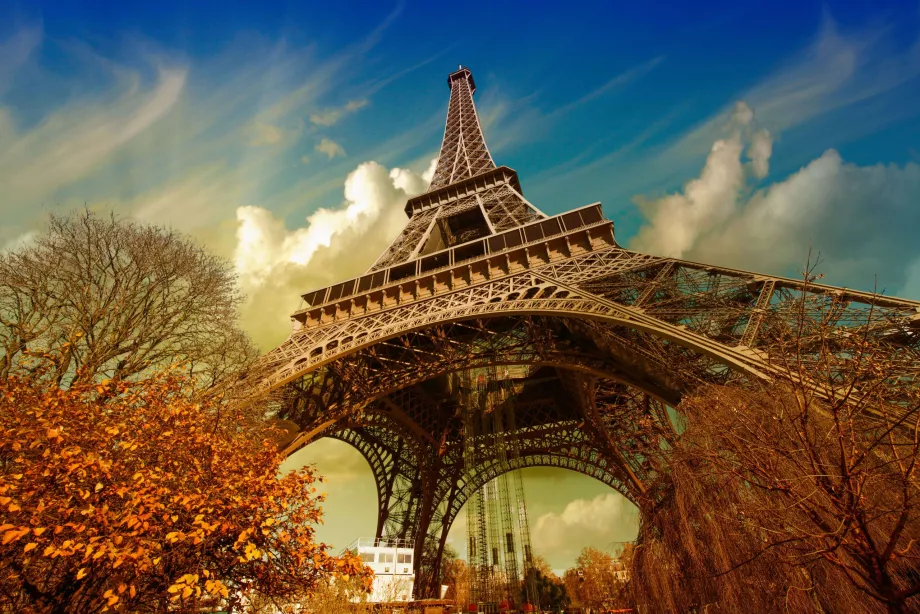
The best and most used means of transport is the Paris Metro.
There are 2 types of rail transport: the classic metro and the RER and Transilien trains, which are mainly used for transport outside the city or for fast connections across the centre.
Book a hotel near a metro station
Metro and RER tickets
There are a large number of tickets available in Paris, which are described in detail in the Transport chapter.
The city is divided into zones, which determine day and multi-day tickets.
- All-day - always valid only on a given calendar day and not for 24 hours
- Navigo, zones 1-5 per 12 eur (not valid for travel to any Paris airport)
- Paris Visite Pass, zones 1-5 for 29,90 eur (valid for airport travel too, but even then not very worthwhile. It does, however, provide small discounts on entry to some sights)
- Weekly - valid only during the calendar week from Monday to Sunday, this is the best value pass for longer stays if you arrive in Paris on a Monday, Tuesday or Wednesday
- Navigo, zones 1-5 for 31,60 eur
- Multi-day - always valid only on the calendar days and not for 48, 72 hours
- Paris Visite Pass for 2 days, zones 1-5 for 44,45 eur
- Paris Visite Pass for 3 days, zones 1-5 for 62,30 eur
- Paris Visite Pass for 5 days, zones 1-5 for 76,25 eur
With the Paris Visite Pass, unlike the Navigo, you get small discounts to some sights and attractions, see the list of them: transilien.com.
If you will not be travelling more than 4-6 times a day, it is rather worthwhile to use individual passes in the form of the so-called Metro-Train-RER Ticket.
- 2,50 eur for 1 ticket
This ticket is valid for the entire network of metro, Transilien and RER trains throughout the Île-de-France region, i.e. zones 1-5.
The ticket is valid for a maximum of 120 minutes and you can change between metro, train and RER lines as long as you do not leave the pay area. It is therefore not possible, for example, to get off the train, visit a monument and, if there is still a limit of the original 120 minutes left, ride again.
Where to buy a ticket?
There are machines at every metro and RER station that allow you to pay by card and cash, as well as a ticket counter.
All tickets can also be bought on mobile apps:
- Single tickets on the Bonjour RATP or Île-de-France Mobilités apps.
- Navigo on the Île-de-France Mobilités app
- Paris Visite Pass on the Bonjour RATP app
How to use the ticket
You need the ticket before entering the metro where the automatic turnstiles are located.
- Paper tickets - insert into the turnstile, wait for the ticket to come out of the second slot and you can go through the turnstile
- Plastic Navigo cards - you attach them to the purple reader on the turnstile
- Mobile app - no need to open the app, tickets work by NFC, so you can attach your whole phone to the purple reader
On the metro, tickets are only used when entering the station, while when exiting, you only go through the gates, which open by themselves even without a ticket. The exception is stations located in zone 4, where you have to mark your ticket when exiting.
There are no turnstiles when changing metro-metro.
On RER and Transilien trains, a ticket, whether paper or mobile, is always used when exiting or changing trains.
Paris Metro
The classic metro is marked with the letter M or the word "Métro" above the station entrance. Just don't be alarmed that occasionally some metro lines run above the surface and outside, but these are on the outskirts of the centre.
Map and metro lines Paris
The metro has a total of 16 lines. You'll find lots of transfer stations where more than 2 lines connect. These are characterized by longer transfers where you have to walk a bit.
However, you don't have to worry about not knowing your way around. The lines are differentiated both by colour and number, so it's a good idea to have a metro map with you at all times.
It is important for you to choose the right platform in the station. Lines are distinguished by destination station and number. One of the secondary reasons to also try taking the metro are its some unique stations and entrances that stand out artistically and architecturally.
The downsides of the metro are frequent overcrowding and a surprisingly slow ride. Metro lines are old and often meander in sharp curves, reducing the speed of the ride.
Interestingly, some of the Paris metro lines run on rubber wheels.
Downloadable metro maps can be found at ratp.fr/en/plans.
Metro lines are divided by colour and number.
- 1 - La Défense, Fondation Louis Vuitton, Arc de Triomphe, Champs-Elysées, Petit and Grand Palais, Pont Alexandre III, Concorde, Tuileries Gardens, Louvre, Chatelet, Le Marais, Bastille, Nation, Chateau Vincennes
- 2 - the main line that takes you to Montmartre. It also goes to the following places: Arc de Triomphe, Bassin de la Villette, Canal Saint-Martin, Pere-Lachaise Cemetery, Nation
- 3 - west-east via République, Opera, Pere-Lachaise Cemetery, Gare Saint-Lazare
- 3bis - the shortest line is not of tourist interest and connects Porte de Lilas and Gambetta stations in the east of the city
- 4 - the north-south backbone line can be used to reach the following places: Montmartre, Gare du Nord, Gare de l'Est, Les Halles, Cité, Latin Quarter, Gare Montparnasse
- 5 - connects the following locations: Place d'Italie, Gare d'Austerlitz, Bastille, République, Gare de l'Est, Gare du Nord, Bassin de la Villette, Canal Saint-Martin
- 6 - Arc de Triomphe, Trocadéro, Eiffel Tower, Gare Montparnasse, Place d'Italie, Gare de Bercy, Nation
- 7 - a winding line which branches off into two parts at the southern end and runs via, for example, Bassin de la Villette, Canal Saint-Martin, Gare de l'Est, Opera, Louvre, Palais Royal, Chatelet, Le Marais, Rue Mouffetard, Place d'Italie
- 7bis - the second shortest line disconnects from line 7 at Louis Blanc station and goes to the Saint-Gervais district
- 8 - the longest line of the Paris Metro is available for transport to these places: Champ de Mars, Invalides, Concorde, Madeleine, Opera, République, Bastille, Zoo
- 9 - the long line connecting the Nation, République, Gare Saint-Lazare, Champs-Elysées, Trocadéro and Pont de Sevres
- 10 - Gare d'Austerlitz, Latin Quarter, Champ de Mars, Boulogne
- 11 - it does not run through the centre, but starts at Chatelet station and continues via Pompidou, République and Belleville to the north-eastern suburbs
- 12 - a major north-south route connects these places: Porte de la Chapelle, Montmartre, Gare Saint-Lazare, Madeleine, Concorde, Musée d'Orsay, Gare Montparnasse
- 13 - the line branches off in two parts in the north and can be used to reach, for example, Saint-Denis Basilica, Montmartre, Gare Saint-Lazare, Champs-Elysées, Petit and Grand Palais, Invalides, Gare Montparnasse
- 14 - the route with the longest station spacing, connecting Orly Airport, Gare de Bercy, Gare de Lyon, Chatelet, Palais Royal, Louvre, Madeleine, Gare Saint-Lazare
Is the Paris Metro in operation 24/7
None of the metro lines run non-stop.
The metro in Paris runs every day to the same extent.
- First trains from termini - about 5:30 a.m.
- Last trains from termini - approx. 1:35
The frequency between trains varies between 3 and 6 minutes on weekdays and between 4 and 10 minutes on weekends.
Detailed timetables and connection searches can be found on the website: ratp.fr/en/horaires-metro.
Station facilities
The Paris metro is one of the oldest in the world and the stations are therefore quite cramped and have a historic feel. Very long corridors are common at transfer stations.
Each metro station has a ticket office and ticket machines.
There are also usually vending machines with drinks and sweets on the platforms.
You won't find toilets at metro stations.
If the metro line is fully automated (for example, line 1 or 14), there are always walls with automatic doors between the platform and the train.
Metro trains
Modern fully automated lines have beautiful and spacious metro trains, while the oldest lines have very outdated and very cramped trains.
However, the metro is clean and generally safe.
On some types of old metro, you have to open the doors either by pressing a button or turning a silver handle.
RER and Transilien trains
The other urban rail system is the RER trains, which connect the towns around Paris to the centre, but are also useful for getting around Paris itself.
They also have longer stop spacing, so they can be faster than the conventional metro for getting around the centre.
Generally speaking, lines that are designated as RER start outside Paris, pass through the centre and continue out of the city to the other side.
The RER has a total of 5 lines (marked with the letters A, B, C, D and E and distinguished by colour) and will take you to the more remote parts of the city and to the airport. If you're planning a visit to the Chateau de Versailles, the C line will be your transport of choice.
- RER timetables: ratp.fr/en/horaires-rer
Transilien trains, then, are trains that start at one of the major Paris stations and run in a single direction out of the city each time. As a tourist, you'll use these routes especially to get to Versailles (lines L and N).
The Transilien are then marked with the letters H, J, K, L, N, P, R and U and usually have dedicated platforms at the stations.
- Transilien timetables: ratp.fr/en/horaires-sncf
Map of RER and Transilien trains
For complete rail plans in and around Paris (metro, RER, Transilien and trams), visit: ratp.fr/plan-transilien.
Any questions left?
If you have any questions or comments about the article...

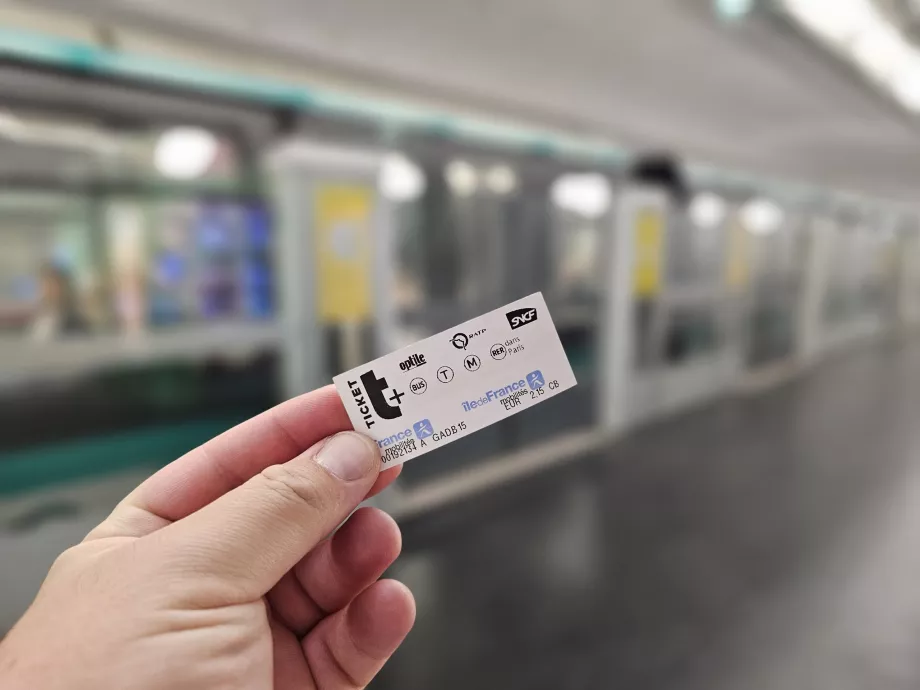
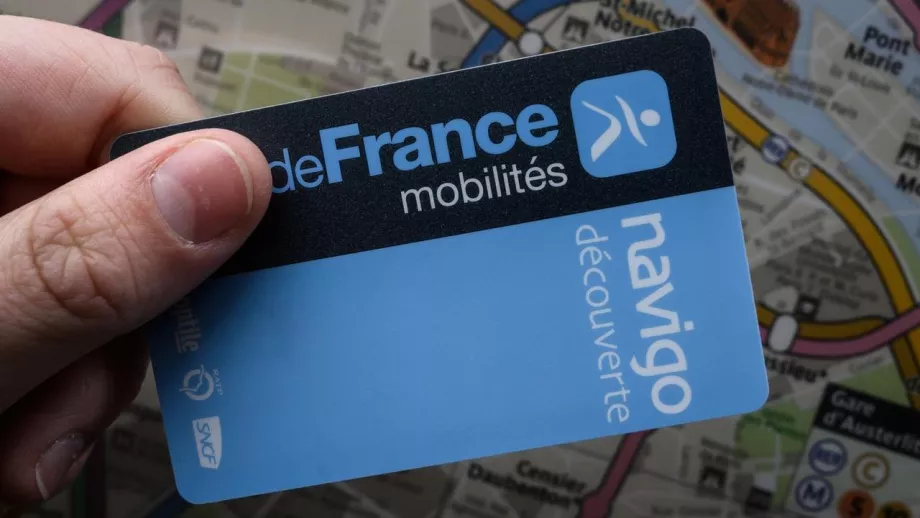
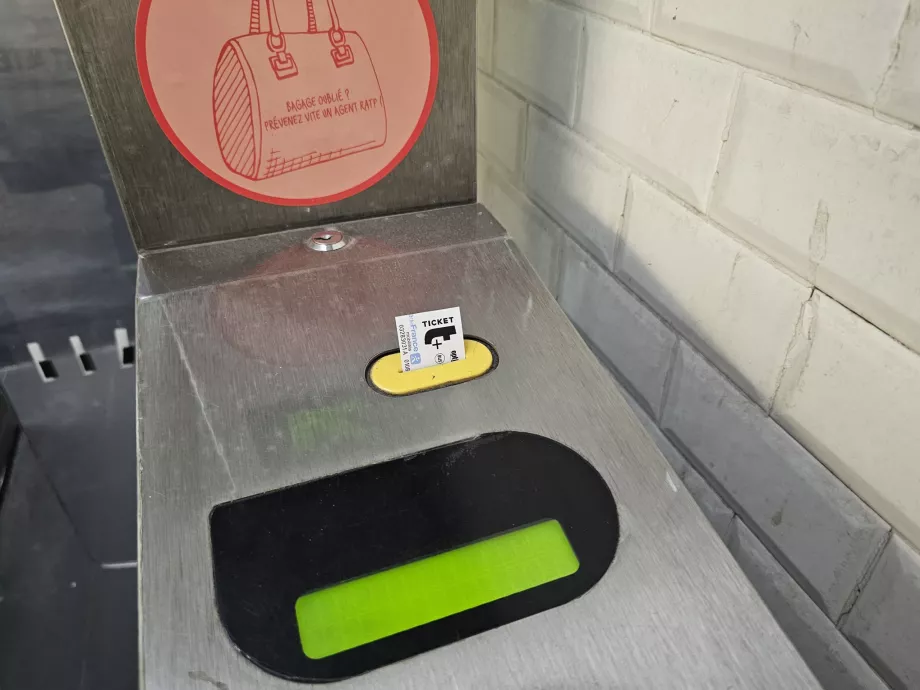
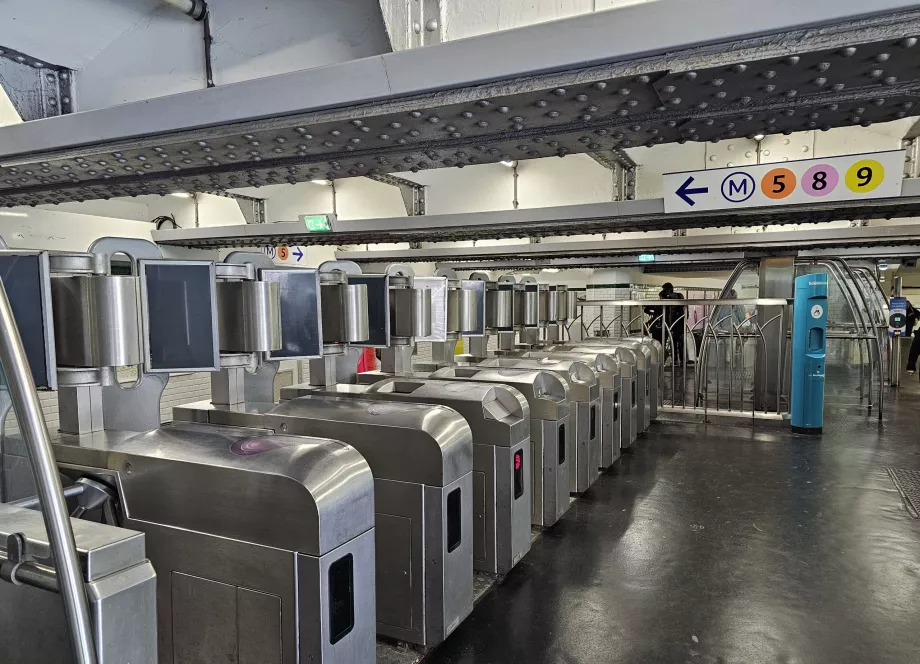
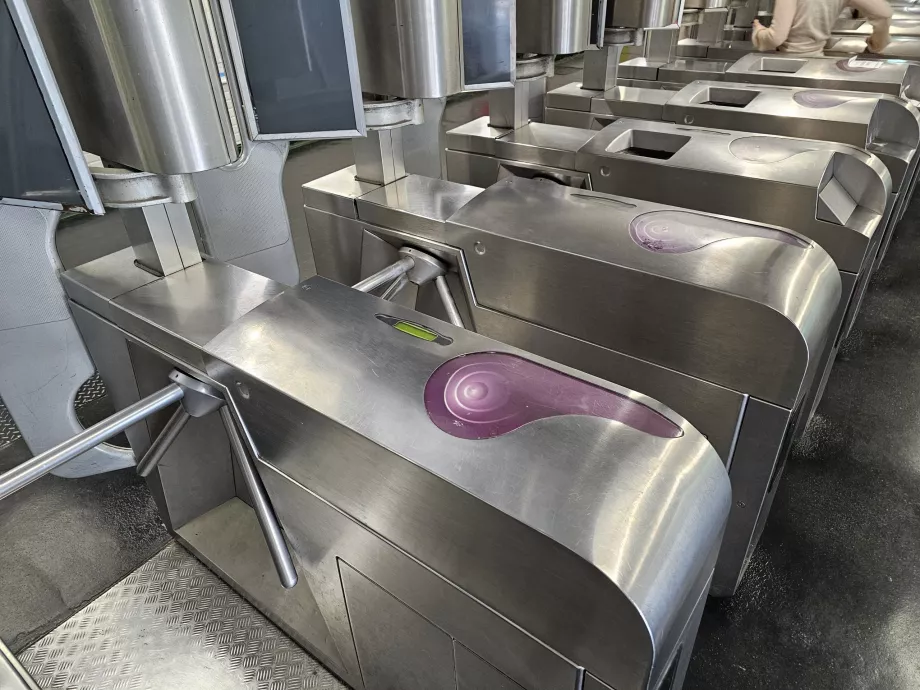
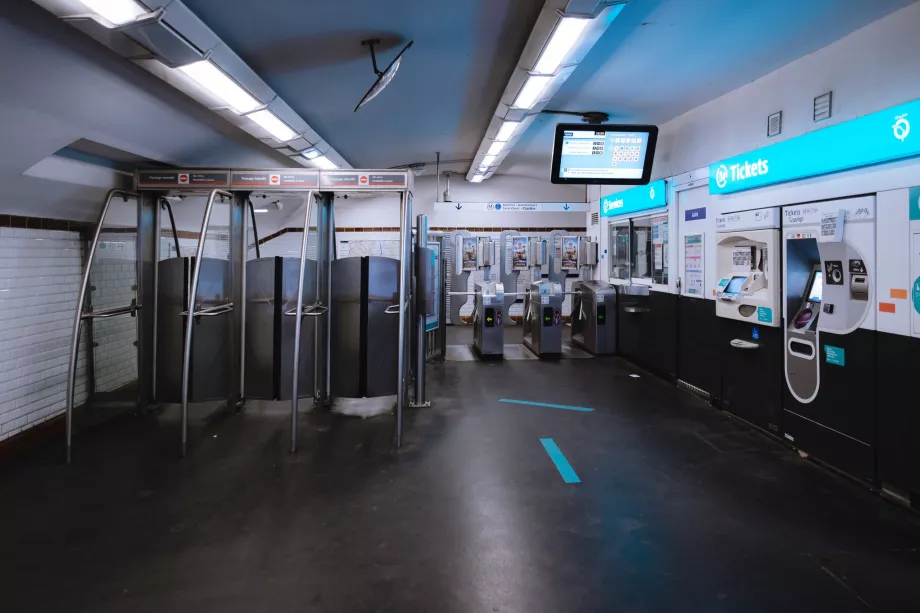
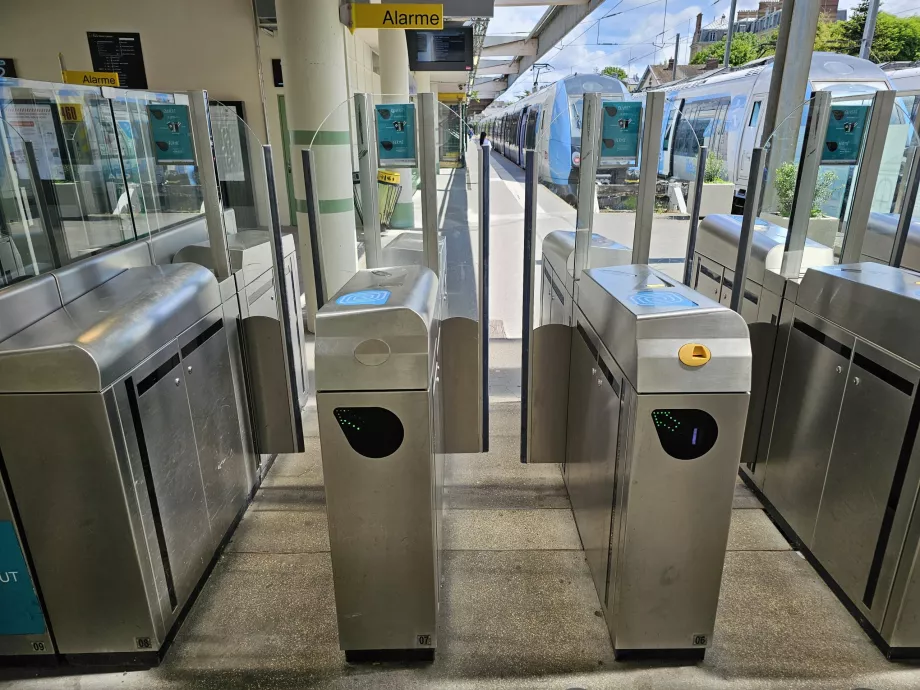
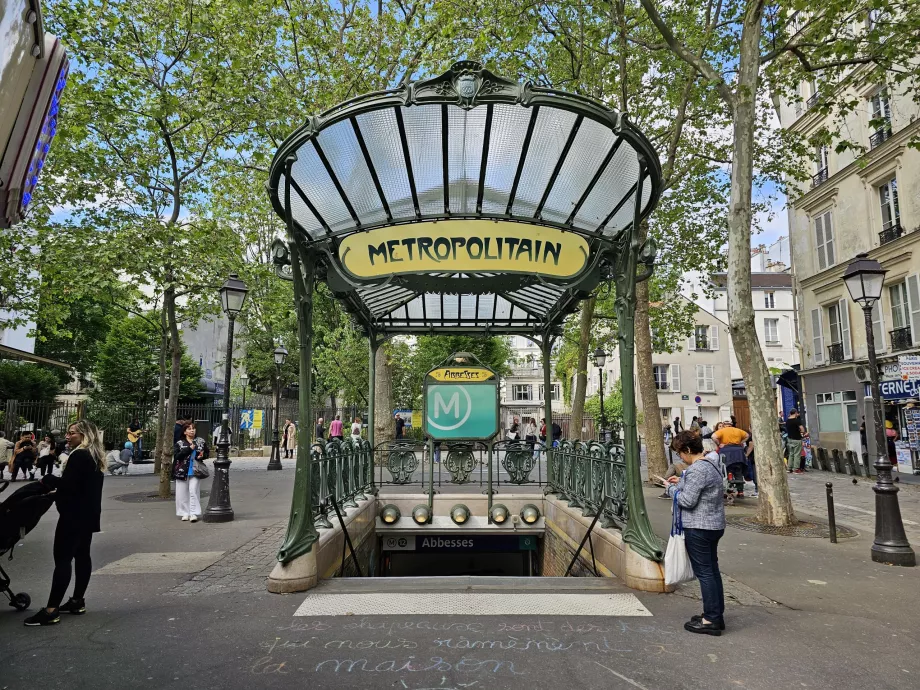
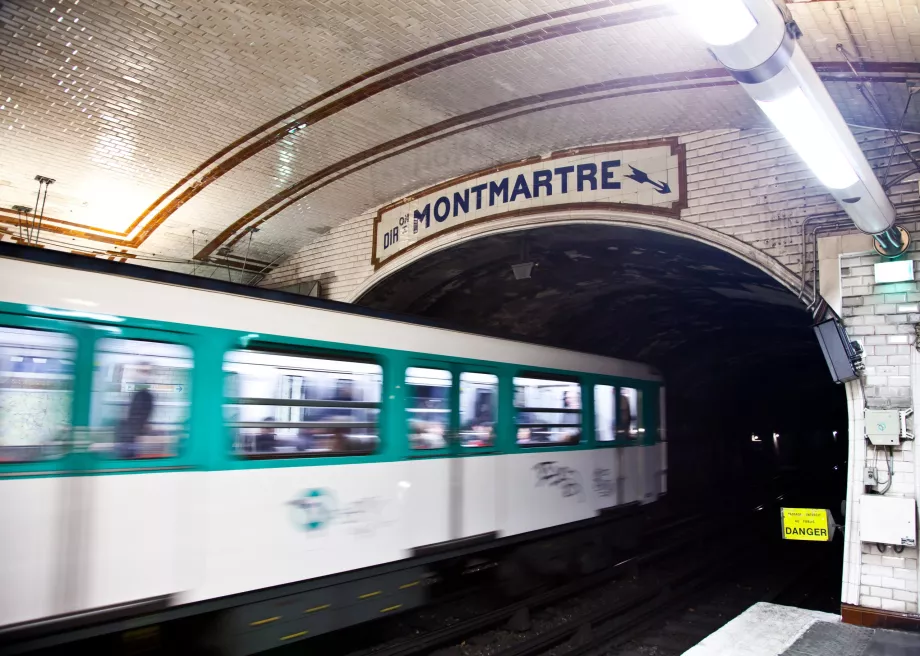
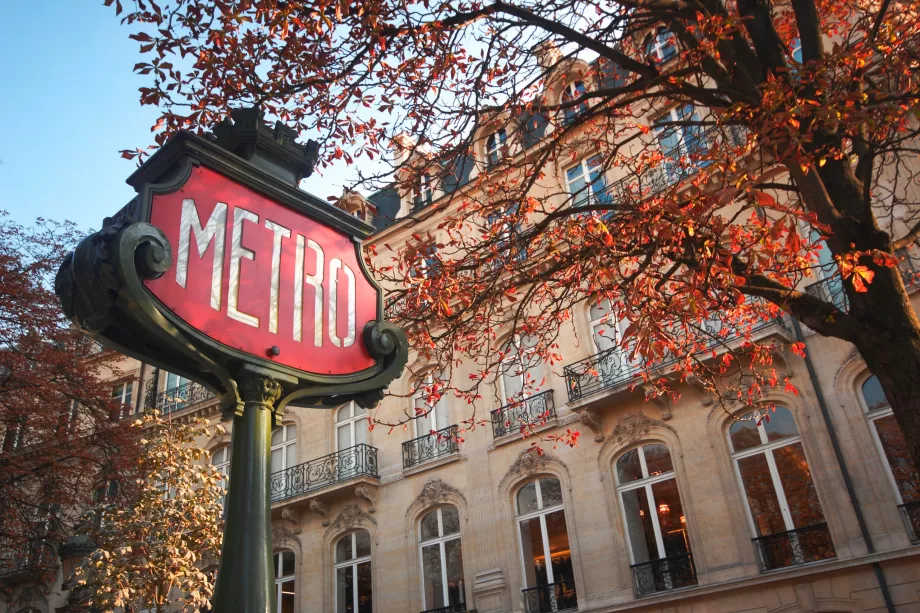
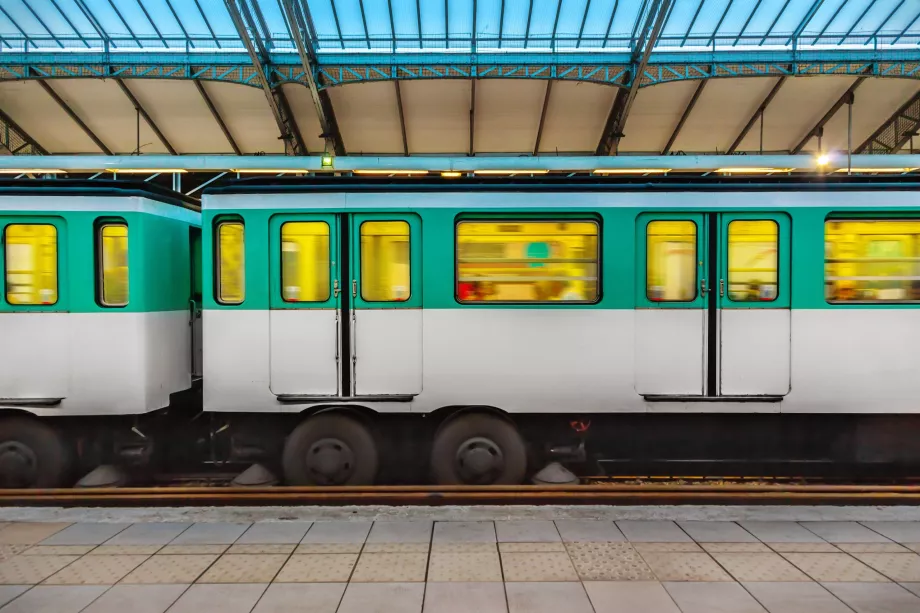
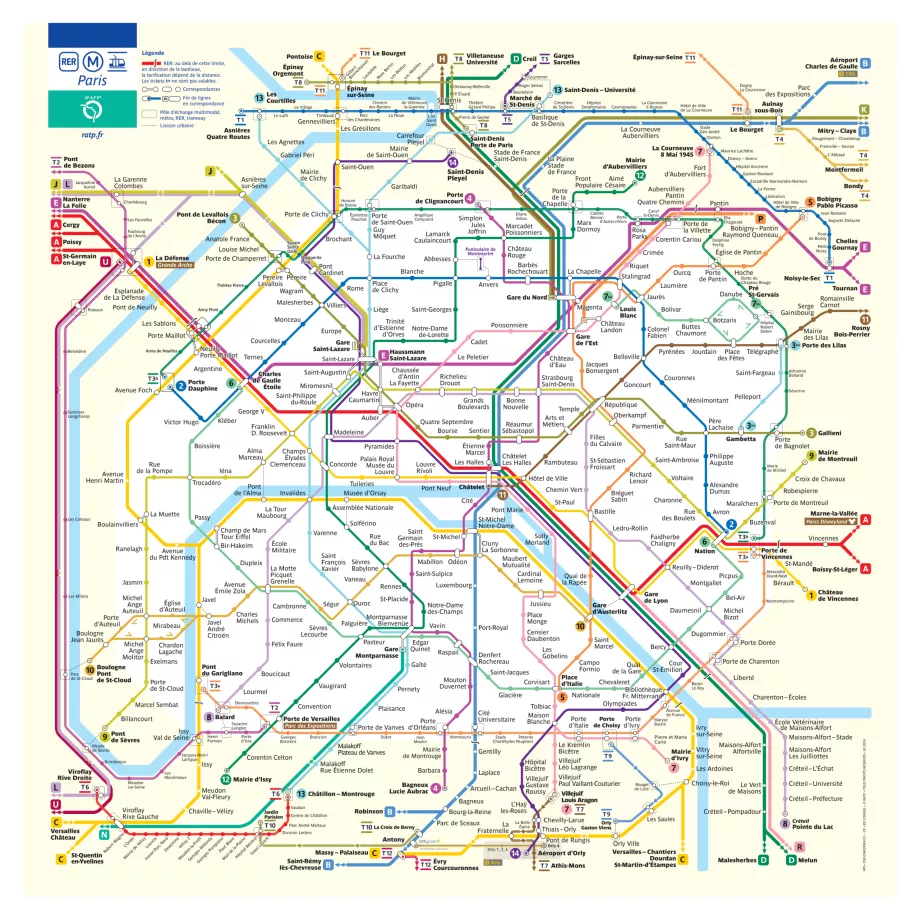
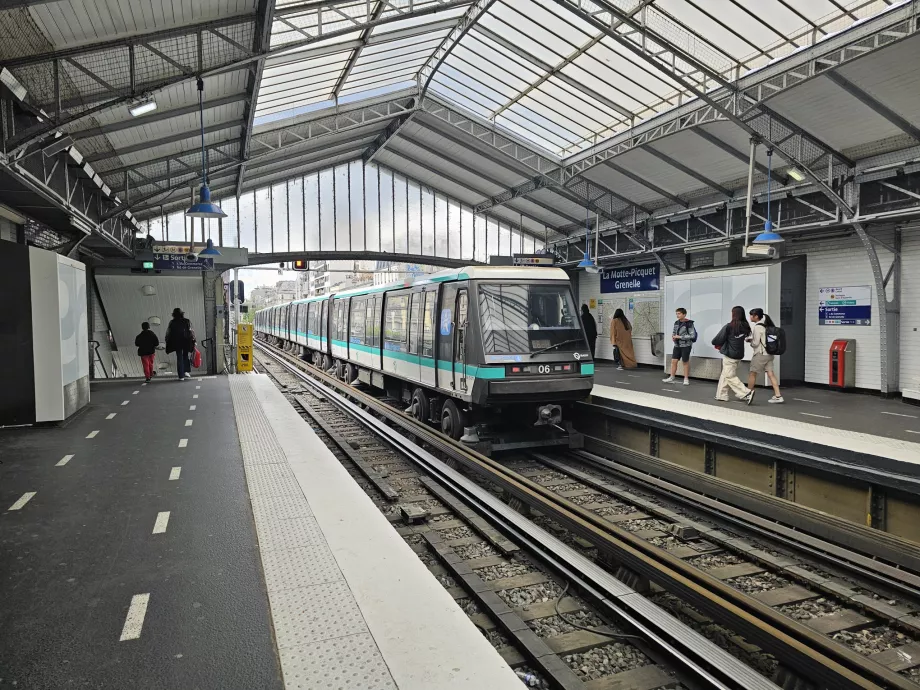

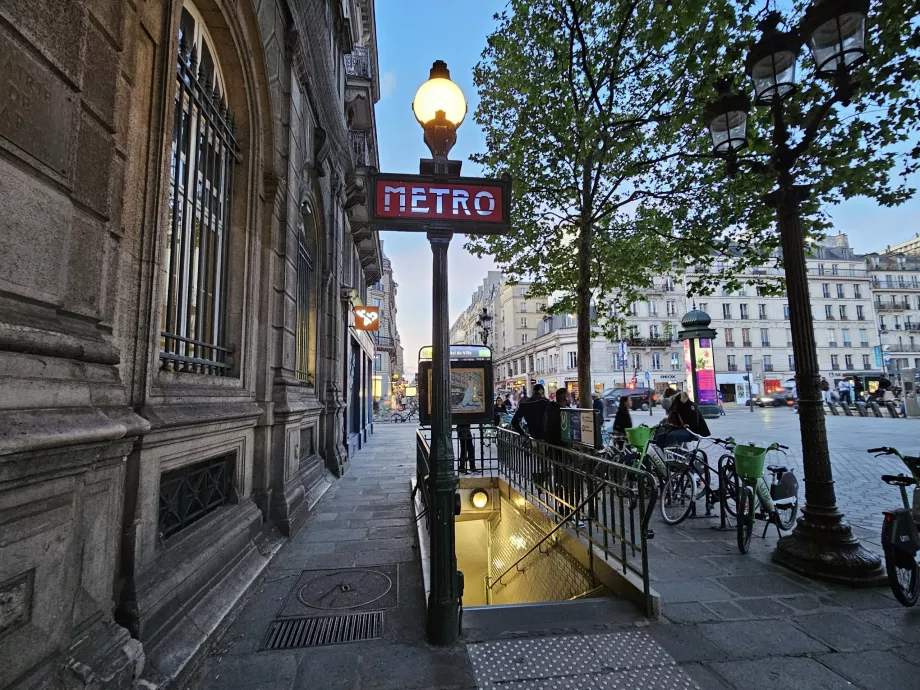
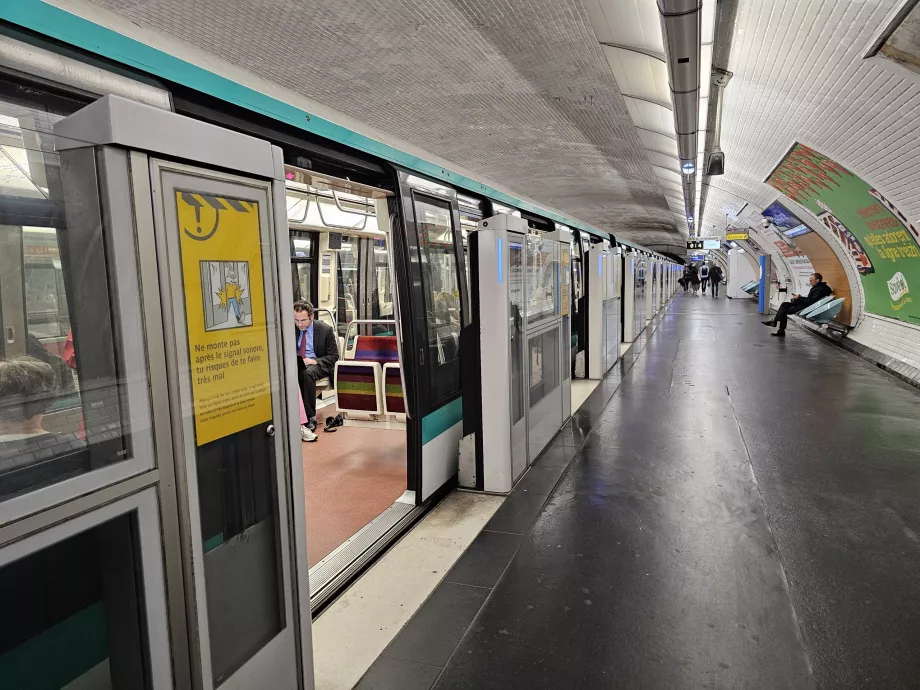
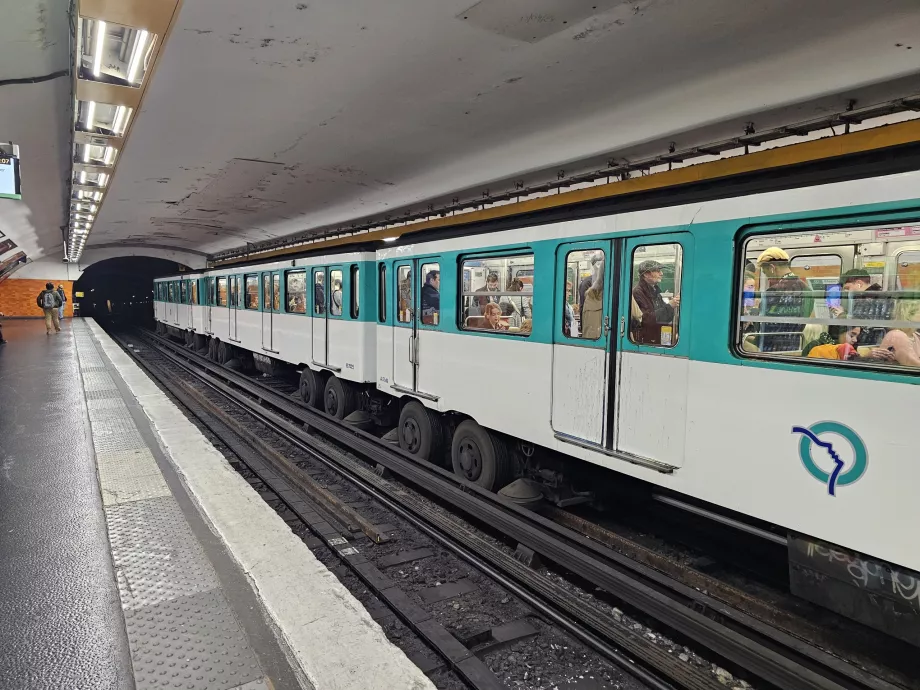
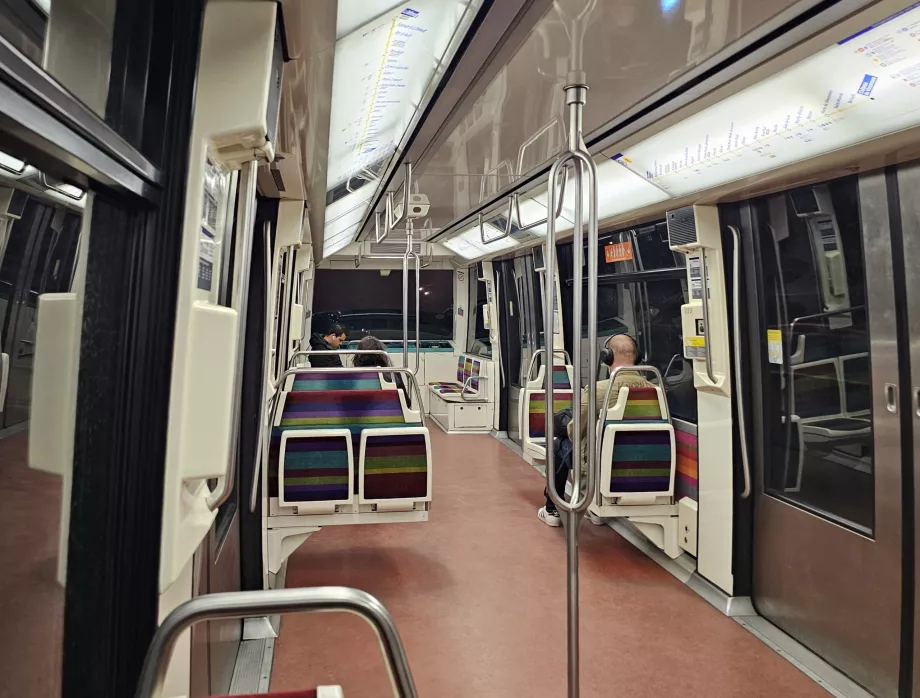
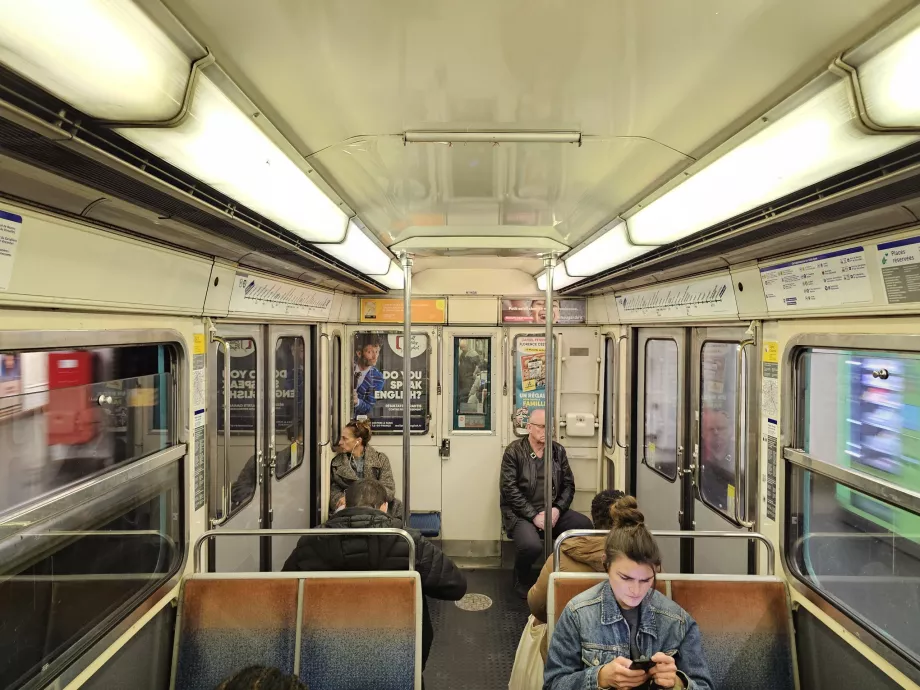
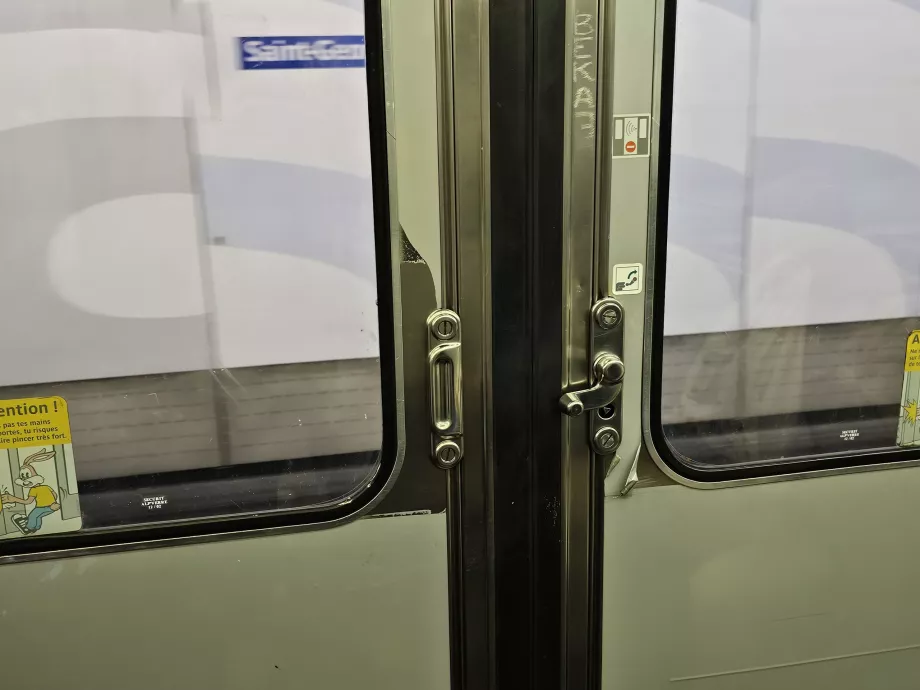
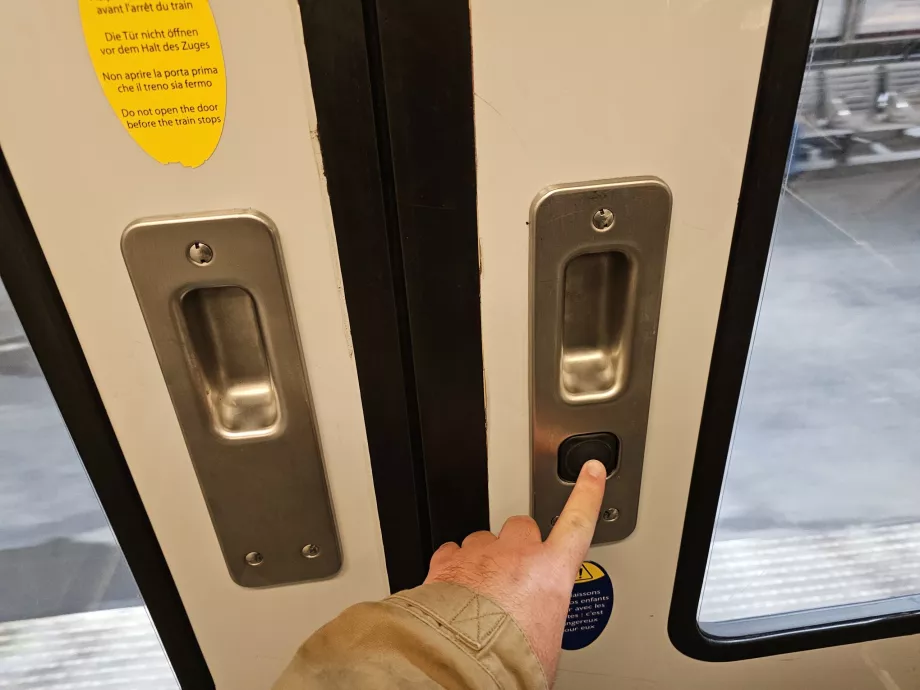
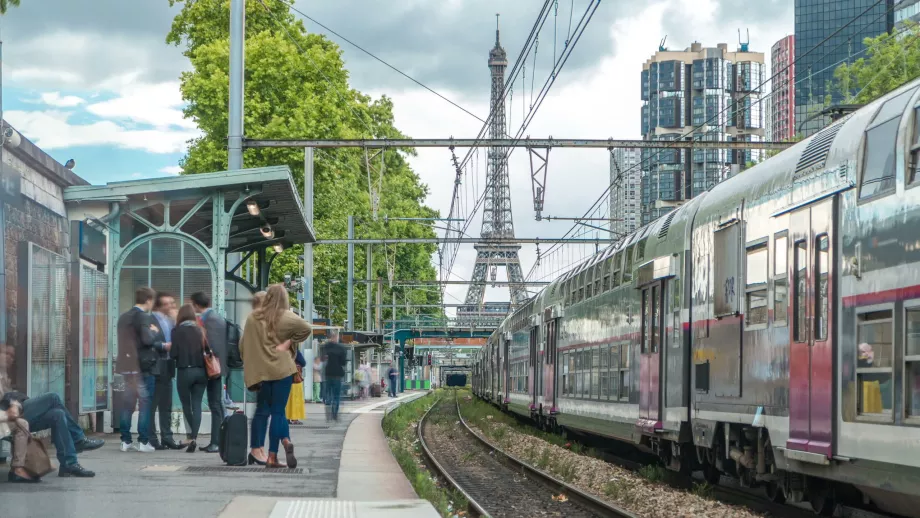
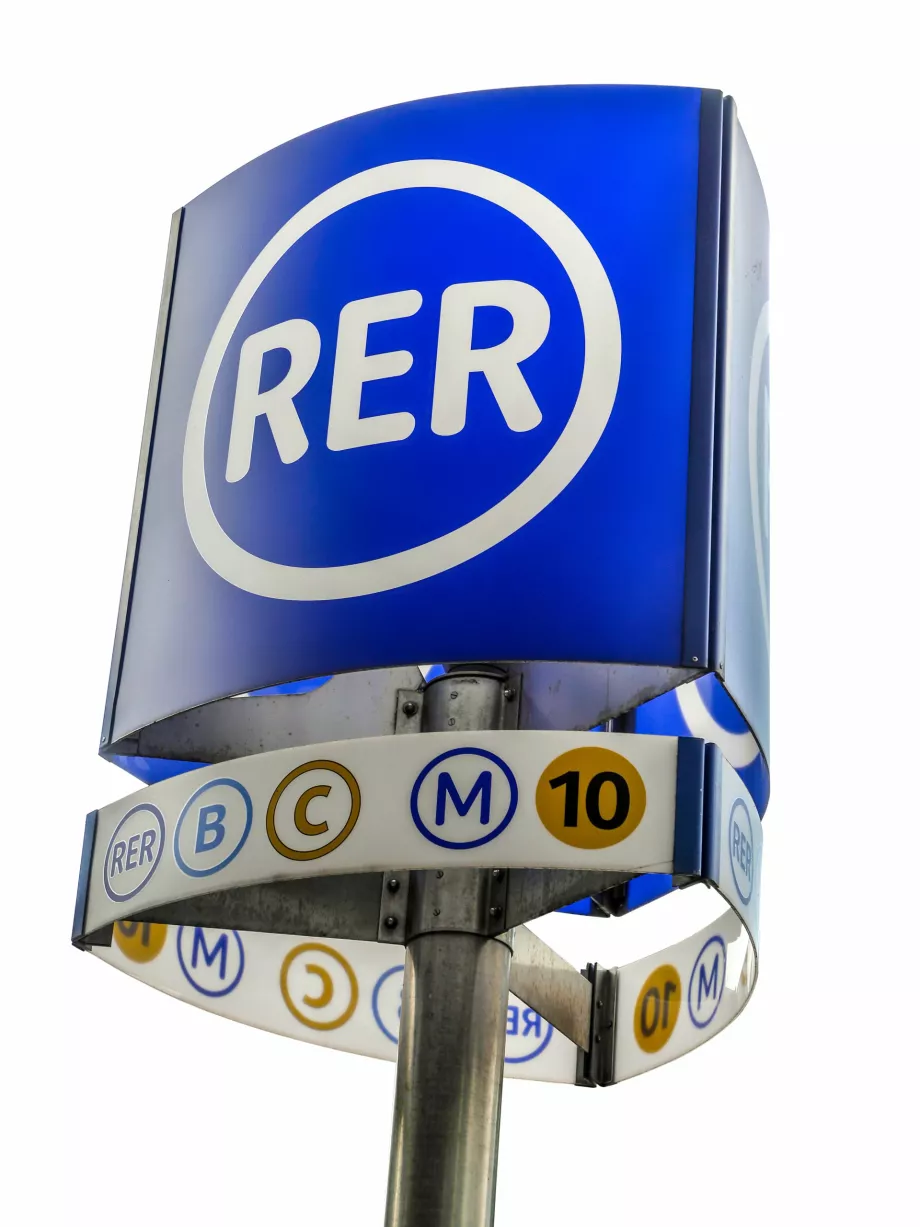
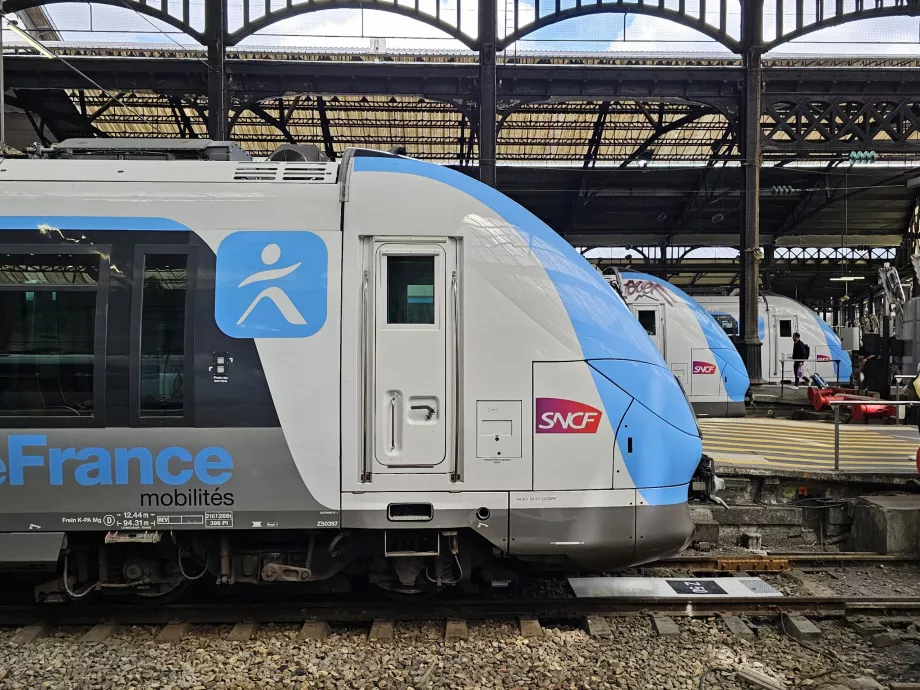
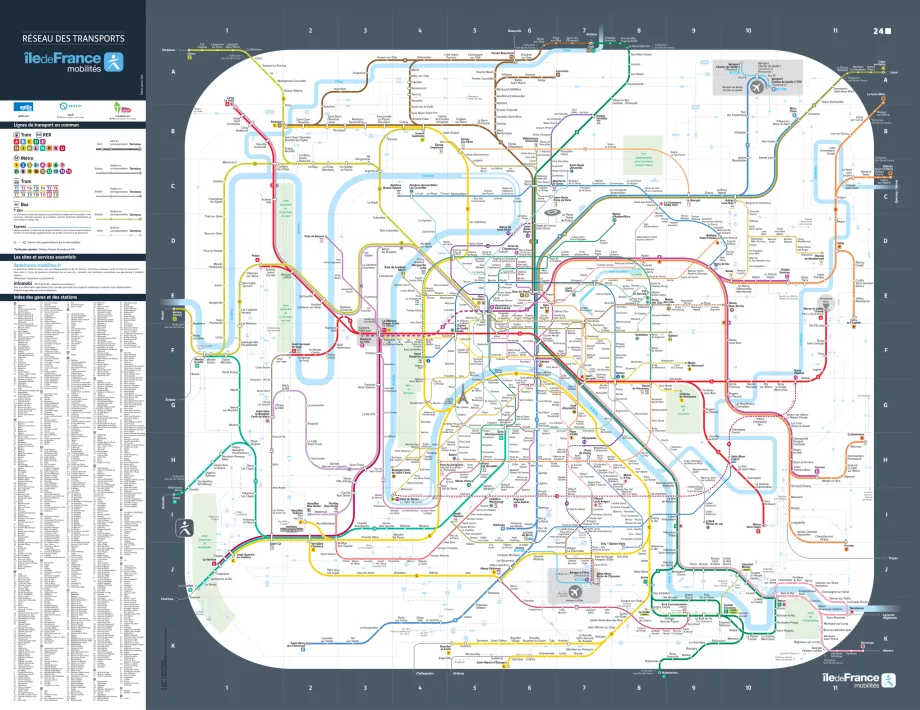

Good afternoon. I'm currently in Paris, I bought a ticket and I'm told that it's valid on the metro and RER, but only in the city of Paris. What tickets do I need to take to get to Disneyland without a ticket? And is there a difference between tickets that work for the entire RER line and those that are only valid in the city of Paris?
Where did you get this information? As of January 2025, there is to be a single fare for the Metro-RER throughout the Ile de France region, including Disneyland.
Here is the official info: https://www.iledefrance-mobilite...rer-ticket